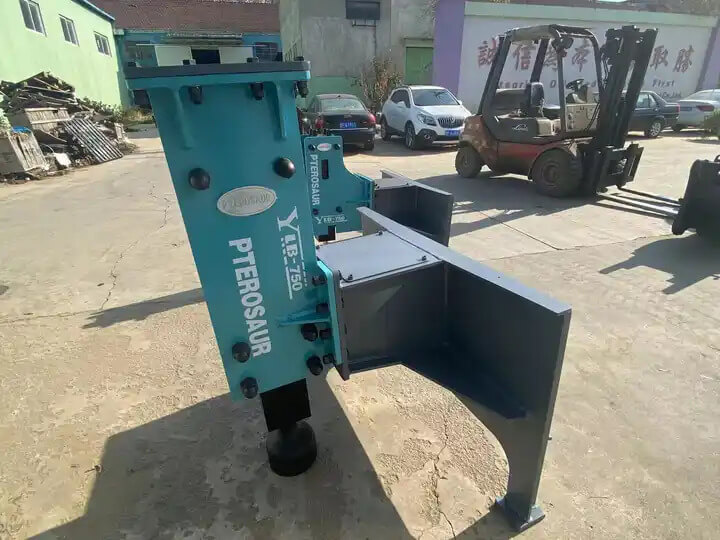Understanding Excavator Jack Hammers: A Comprehensive Guide
Excavator jack hammers, also known as hydraulic breakers, are powerful tools designed to efficiently break through various tough materials such as concrete, rock, and asphalt. They are widely utilized in construction, demolition, and excavation projects due to their reliability and effectiveness. In this article, we will explore the mechanics, applications, and selection criteria for hydraulic breakers, as well as some tips for maintenance and operation.
What is an Excavator Jack Hammer?
An excavator jack hammer is an impact device that harnesses hydraulic power to deliver high-impact blows to break hard materials. These tools are essential for various applications, including:
- Demolition: Breaking down old structures and clearing debris.
- Rock Excavation: Tunneling and site preparation in rocky terrains.
- Trenching: Creating trenches for utility lines or foundations.
- Asphalt Cutting: Efficiently removing asphalt for road repairs or renovations.
How Does a Hydraulic Hammer Work?
The performance of a hydraulic hammer is significantly influenced by the hydraulic pressure and flow rate supplied by the excavator’s hydraulic system. Higher pressure correlates with a more powerful impact force, enabling the hammer to break through more rigid materials. However, exceeding the recommended pressure can lead to damage to both the hammer and the excavator.
Choosing the Right Hydraulic Hammer
When selecting a hydraulic hammer for an excavator, several factors must be considered:
- Hydraulic Capacity: Ensure that the excavator can provide the necessary pressure and flow rate for optimal hammer performance.
- Weight and Size: The hammer should be compatible with the excavator’s boom and arm to ensure safe operation.
- Chisel Type: Different chisels are suited for various materials—moils for hard rock, conical chisels for tough materials like granite, and flat chisels for general use.
Types of Chisels
The chisel is a crucial component of the jack hammer and comes in various types, each suited for specific tasks:
- Moil Point Chisel: Ideal for hard stone and reinforced concrete.
- Conical Chisel: Best for breaking tough rocks such as quartzite.
- Flat/Wedge Chisel: Commonly used for general-purpose breaking tasks.
Maintenance Tips
To extend the lifespan of your excavator jack hammer, regular maintenance is essential. Here are some tips:
- Check for Wear: Inspect the chisel and chisel pin frequently for signs of wear or deformation, as these can greatly affect performance.
- Hydraulic System Maintenance: Regularly check the hydraulic system to ensure it is functioning correctly. Look for leaks and ensure proper fluid levels.
- Proper Attachment: Ensure the hammer is securely attached to the excavator’s boom using appropriate brackets or quick couplers.
Conclusion
Excavator jack hammers are invaluable tools in the construction and demolition industries. By understanding their mechanics, selecting the right components, and following maintenance protocols, operators can ensure that these machines perform at their best. Whether you are breaking through concrete, rock, or asphalt, the right hydraulic breaker can make all the difference in efficiency and effectiveness on the job site.




































